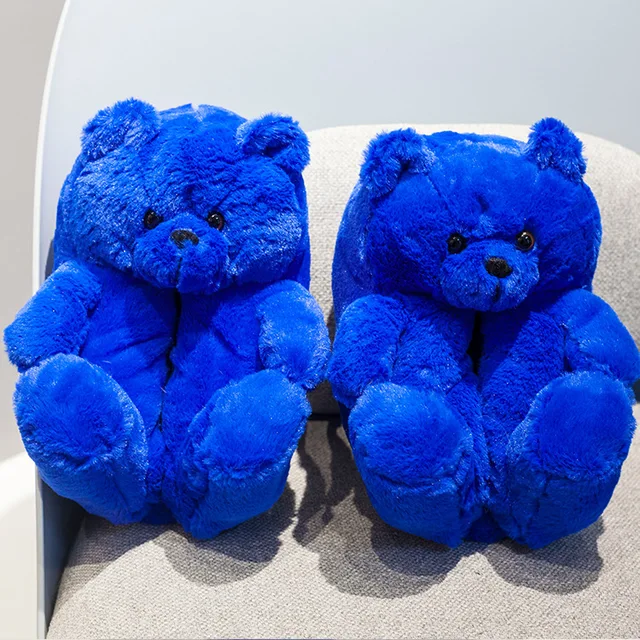Teddy Bear And Owl Negotiation
- Teddy Bear And Owl Negotiation Meme
- Teddy Bear And Owl Negotiations With
- Teddy Bear And Owl Negotiation Video
- Teddy Bears typically value relationship s over their own goals; if forced to choose, Teddy Bears will often sacrifice their goals in order to maint ain relationships. Teddy Bears generally want to be liked by others, and prefer to avoid conflict because they believe addressing it will damage relationships.
- Collaborating (the owl): Wise beyond years It may be the best to have a one-on-one talk with your advisor. For example, you can list all the school-related tasks you need to get done that week, show the list to your advisor and ask them to help you prioritize the tasks.

Get more from every negotiation at work.

Teddy Bear And Owl Negotiation Meme
“In a negotiation, it is wise not to take anything personally. If you leave personalities out of it, you will always be able to see opportunities more objectively.”
The Teddy Bear Yielding Accommodating Gives up personal needs and g( Other's needs are more importa than their own Wants to keep the peace Maintain the relationship Competition The Shark Forcing Dominating WinILose mentality Intimidating Willing to do whatever is necess Doesn't care about the relations Aggressive iary hip Avoidance The Turtle. Mar 26, 2018 The personality test is combined of 5 negotiating style that are named after animals: turtle, fox, teddy bear, shark, and owl. The turtle aims at a style which involves avoidance.
Every day you encounter situations where you need to negotiate. Perhaps it’s the negotiation on the purchase of equipment, getting a customer agree to your offer, close a sale, or ask colleagues to help you on a project.
Understanding how to negotiate successful outcomes more often will bring you greater personal success and help you perform your job even better.
The half-day Negotiation Power training teaches you the principles of win-win outcomes – by learning the repeatable strategies for preparing and conducting negotiations. During the course you’ll be shown the 4-stage negotiation framework to identify your own interests and understand what your counterpart might need in order to say “yes”. Finally, you’ll unpack the four negotiation stages, including: (1) preparation, (2) probing, (3) proposing and (4) pack-up. If you negotiate at work, you’ll love what you’re going to learn during this practical training session.
Teddy Bear And Owl Negotiations With
- Principle versus Positional negotiating.
- How to develop a plan to prepare for any negotiation.
- The behaviours to adapt during every stage of the negotiation.
- The secrets to offering concessions and asking for reciprocity.

.jpg)
Morning Session
Teddy Bear And Owl Negotiation Video

- What do you need to negotiate?
- Take the negotiation assessment.
- Why learn to become an more effective negotiator?
- What are the possible outcomes
from any negotiation. - Negotiation case studies
- Identifying the five major negotiating styles.
- What style of negotiator are you?
- Learning the pitfalls and benefits of each negotiating style.
- Meet the Shark, the Owl, the Teddy Bear, the Turtle, and the Fox
- Identifying the preferred negotiating styles of your counterparts.
- Understanding the difference between principled versus positional negotiating.
Afternoon Session
- The 4 step negotiation process: Prepare. Probe. Propose. Pack up.
- What do you want from the negotiation?
- Understanding your interests.
- Setting upper and lower limits
- Establishing your BATNA.
- The triple constraints.
- Laying the groundwork.
- Setting the time and place.
- Establishing common ground.
- Getting off on the right foot.
- What to share and what to keep to yourself.
- Discussing areas of mutual gain.
- Three ways to help others see your options.
- What do they want and what do we want?
- Building an agreement.
- Getting to “yes”.